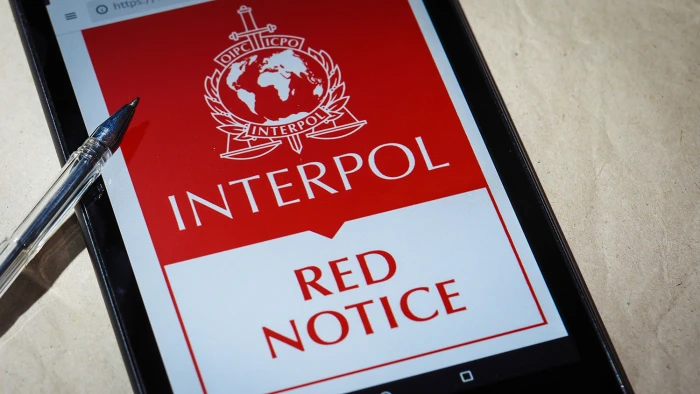Interpol coordinates the actions of the police of other countries in the fight against international organized crime. Red Notice and Diffusion are Interpol’s most used tools. These two instruments have the goal of international cooperation in the field of law and order. However, there are differences between them in the issuance procedure, legal force and application. Let’s look at what Interpol diffusion is and how it differs from a red notice.
What is an Interpol diffusion?
Interpol’s diffusion is a means of rapid exchange of information between law enforcement agencies of different countries. If one country wants to urgently convey important information about a wanted person, they send diffusion. This message is addressed directly from one country to another. The sending of this message does not require verification or approval by the Interpol General Secretariat.
In addition, Interpol diffusions have only one main goal – the rapid dissemination of information. The diffusion message contains requests and requests for mutual assistance from the police of other countries. This request or assistance is for joint investigations and public safety measures.
What is the function of an Interpol diffusion?
The main task of diffusion is to ensure rapid and effective interaction between police from different countries. For example, if it is necessary to pursue dangerous criminals. Such prompt information helps in preventing terrorist attacks or uncovering international criminal networks.
In the case of a criminal crossing the border of another country, diffusion allows for direct communication of this situation. Thus, the likelihood of a wanted fugitive escaping justice becomes much less. The country that received the notification will independently determine what measures it should take and whether it is worth doing it at all. However, as practice shows, the police of other countries, having received diffusion, react quickly and fulfill their international obligations.
Diffusion helps strengthen international cooperation by allowing countries to turn directly to each other for help. For example, if a criminal crosses the border and hides in another country. In this case, diffusion allows the police of that country to be immediately notified so that they can take appropriate action. Thus, diffusion performs a responsible function in maintaining international security and law and order.
What distinguishes an Interpol diffusion from an Interpol Red Notice?
Red notice of Interpol is a formal request to locate and temporarily detain a person for the purpose of his subsequent extradition to the requesting country. It is issued by the General Secretariat of Interpol after careful verification for compliance with international norms and rules of the organization. The Red Notice is a public document and is distributed to all participating countries. This gives it a high level of visibility and priority.
Unlike a red notice, diffusion does not require the approval of the General Secretariat and can be sent directly. This makes the process faster but less formal. Diffusions can be confidential and are not always shared publicly. Moreover, diffusions do not always contain a request for arrest and are often a simple exchange of information or a request for assistance.
There are differences between red notice and diffusion. First, a Red Notice is subject to official verification and approval by Interpol, whereas a Diffusion is sent directly without such verification. They also differ in purpose. A Red Notice is intended to detain a person for the purpose of subsequent extradition. Diffusion can be used for various purposes – information exchange and coordination of law enforcement actions.
What is the effect of this difference?
The legal implications of the differences between a red notice and diffusion are significant. If Interpol issues a Red Notice, it means that the country receiving the notice is required to take steps to apprehend the suspect. In the case of diffusion there is no such obligation. Diffusion rather serves as a tool to disseminate information, but does not have the legal power to require action from member countries.
Therefore, a Red Notice may result in harsher legal consequences. These consequences include arrest and extradition. Diffusion does not impose such obligations and is often used to report crimes that may have a broader international context.
For a country receiving diffusion, the decision to act in response to this information is left to the discretion of the national authorities. This could result in the same person being detained in one country on a Red Notice request, while remaining at large in another country receiving only diffusion.
Thus, the main difference between a red notice and diffusion is their legal status and consequences. A red notice mandates detention and extradition, while diffusion serves as a tool for sharing information but does not entail an obligation to act.





